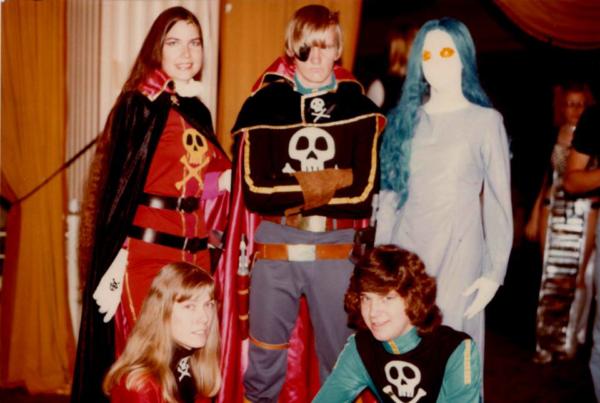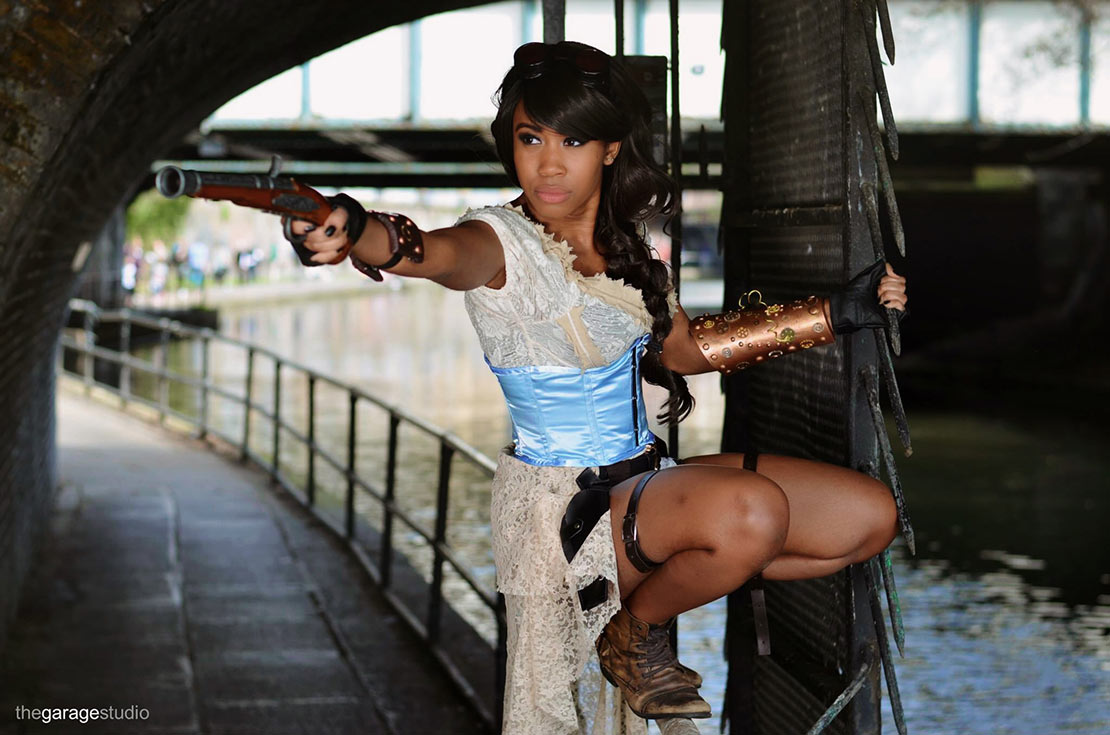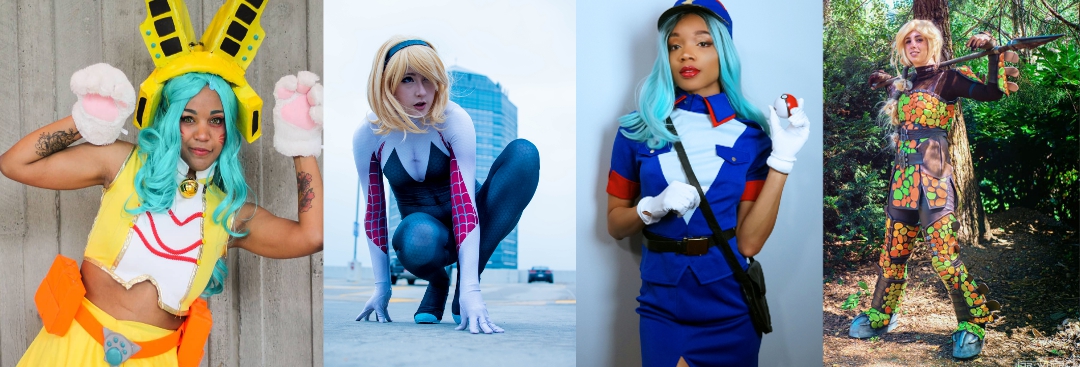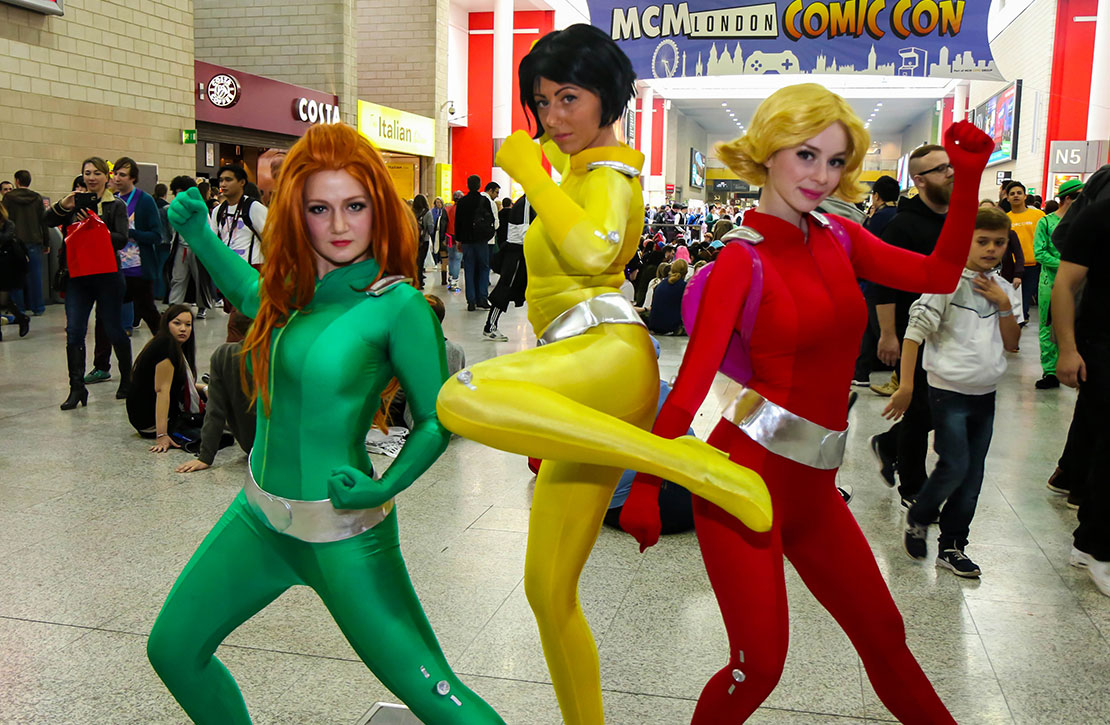Understanding Cosplay: Definition, Origins, and Motivations
Definition of Cosplay
Cosplay, short for 'costume play,' is an activity where participants, known as cosplayers, dress up in costumes and accessories to represent specific characters from various media such as anime, manga, Video games, and Movies. This practice allows fans to embody their favorite characters, bringing them to life through detailed and often elaborate costumes. 1
The term 'cosplay' is derived from the Japanese word 'kosupure,' a portmanteau of 'costume' and 'play.' This term was coined by Nobuyuki Takahashi after he attended the 1984 World Science Fiction Convention in Los Angeles and observed fans dressed in elaborate costumes. 2
Cosplay is not just about wearing a costume; it often involves role-playing and performing as the character. Cosplayers strive to mimic the mannerisms, speech, and actions of the characters they portray, adding a layer of performance art to the visual representation. 3
Cosplayers may participate in Conventions, Fan events, Theme parks, and other gatherings where they can showcase their costumes and interact with others. These events provide a platform for cosplayers to display their creativity, meet like-minded individuals, and engage in various activities such as competitions and photo sessions. 1

www.collinsdictionary.com

www.youtube.com
Origins of Cosplay
The term 'cosplay' was coined by Nobuyuki Takahashi after he attended the 1984 World Science Fiction Convention in Los Angeles. Takahashi observed fans dressed as characters from sci-fi and fantasy movies, which inspired him to create a new term that better captured the essence of this activity. 2
The practice of cosplay can be traced back to Japan in the 1970s, where fans began dressing up as characters from manga and anime. This trend was particularly popular among young girls who were influenced by shojo manga, which often included detailed fashion illustrations. 4
Early instances of cosplay-like activities include masquerade balls and fan conventions in the early 20th century. These events featured elaborate costumes and were often inspired by literary characters, historical figures, and abstract concepts, laying the groundwork for modern cosplay. 5
Cosplay gained popularity in the United States in the 1980s, particularly with the rise of anime and manga fandoms. Early cosplay events were small gatherings where fans could share their love for Japanese pop culture, eventually growing into larger conventions with dedicated cosplay contests. 6

kwinnpop.com

japandaily.jp

cosplayerjourney.com
Why People Cosplay
Cosplay enthusiasts often find joy in expressing their admiration for beloved characters. This form of creative expression allows them to bring fictional personas to life, showcasing their dedication and passion. 7
For many, cosplaying serves as an escape from the monotony of daily life. By embodying a character, they can temporarily step into a different world, leaving behind their everyday concerns. 8
Positive feedback from peers and spectators can significantly boost a cosplayer's self-esteem and confidence. The appreciation and recognition they receive for their efforts make them feel valued and proud. 7
Creating costumes and props for cosplay can enhance one's crafting and DIY skills. Many cosplayers take pride in their ability to sew, build, and design intricate outfits, which can be both challenging and rewarding. 3
For some individuals, cosplaying opens doors to professional opportunities. It can lead to careers in modeling, Content creation, and even acting, as they gain visibility and recognition within the community. 7

www.npr.org
Cosplay Community and Culture
The cosplay community is a vibrant and inclusive culture where individuals share their passion for characters and storytelling. This shared enthusiasm creates a unique bond among cosplayers, who often find a sense of belonging and acceptance within the community. 9
Conventions and online platforms provide opportunities for cosplayers to connect with like-minded individuals and form supportive communities. These gatherings, both physical and virtual, allow cosplayers to share their experiences, tips, and techniques, fostering a collaborative environment. 1
Cosplay events often include competitions, panels, and workshops where participants can showcase their skills and learn from others. These events are not only about displaying costumes but also about celebrating the creativity and effort that goes into each cosplay. 10
The community emphasizes creativity, collaboration, and mutual respect, fostering a sense of belonging among its members. This supportive atmosphere encourages cosplayers to continue honing their craft and participating in the community, knowing they are valued and respected. 11
Cosplay as Performance Art
Cosplay goes beyond just wearing a costume; it often involves role-playing and performing as the character. This means that cosplayers not only dress like their favorite characters but also act like them, bringing the characters to life in a dynamic way. 1
Cosplayers may adopt the mannerisms, speech patterns, and behaviors of their chosen characters to create an immersive experience. This dedication to authenticity helps to enhance the overall portrayal and makes the experience more enjoyable for both the cosplayer and the audience. 3
Performance aspects of cosplay can include skits, poses, and interactions with other cosplayers and attendees. These activities often take place at conventions and events, where cosplayers can showcase their skills and engage with others who share their passion. 9
This performative element adds depth to the cosplay experience and allows individuals to fully embody their characters. By stepping into the shoes of their favorite characters, cosplayers can explore different aspects of their personalities and express themselves in unique ways. 12
Cosplay and Creativity
Cosplay is a creative outlet that involves designing and crafting costumes, makeup, and props. This art form allows individuals to embody their favorite characters from various media, including anime, video games, and movies. 13
Many cosplayers take pride in creating their costumes from scratch, using various materials and techniques. This process often involves a significant amount of time and effort, as they meticulously craft each element to ensure accuracy and authenticity. 14
The creative process often includes researching character details, drafting patterns, sewing, and constructing props. Cosplayers may spend hours studying reference images and tutorials to perfect their designs, ensuring that every detail is as close to the original as possible. 13
Cosplayers may also collaborate with others, commission pieces, or purchase pre-made items to complete their costumes. This collaborative aspect fosters a sense of community and allows individuals to share their skills and resources, enhancing the overall quality of their creations. 15

mayamada.com

mayamada.com

mayamada.com
Challenges in Cosplay
Creating high-quality cosplay costumes often demands significant time and financial investment. Many cosplayers spend countless hours crafting intricate outfits and props, which can be a costly endeavor. 16
Despite the potential for negative feedback or criticism, the cosplay community generally emphasizes support and positivity. Fellow cosplayers often share tips and encouragement, fostering a welcoming environment. 9
The principle of 'cosplay is not consent' underscores the importance of respecting personal boundaries. Cosplayers should always obtain permission before taking photos or touching someone else's costume. 11
Balancing cosplay with other responsibilities, such as work or school, can be challenging. Many cosplayers struggle to find the time and resources to dedicate to their hobby while managing their daily lives. 16
Related Videos


What Actually IS Cosplay? | Definition, History and DiscussionApr 19, 2021


The Origins and History of CosplayJul 28, 2019

